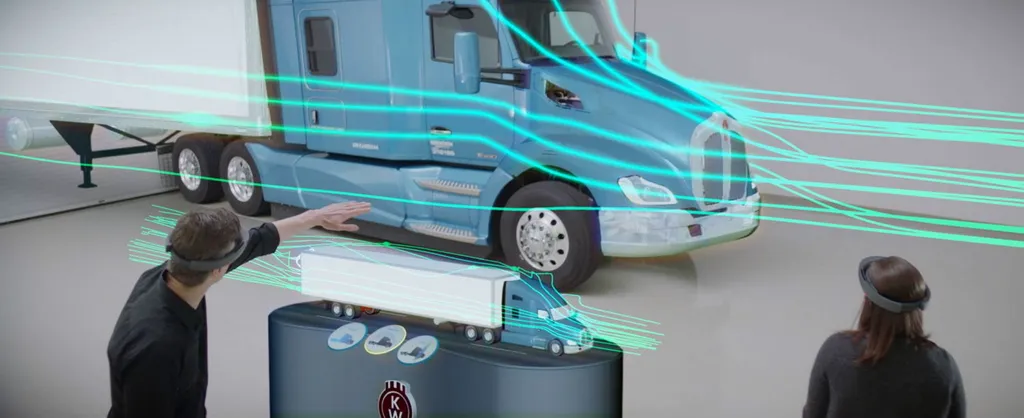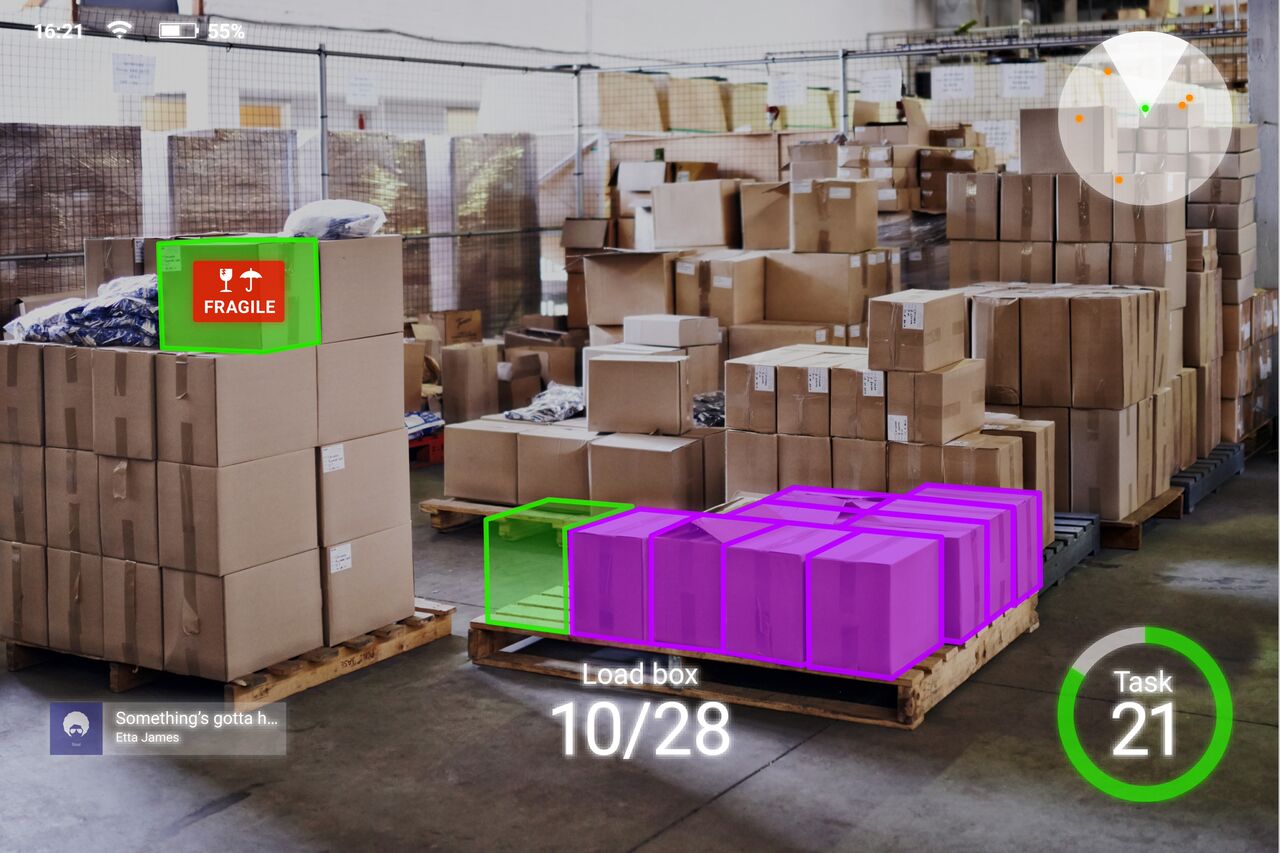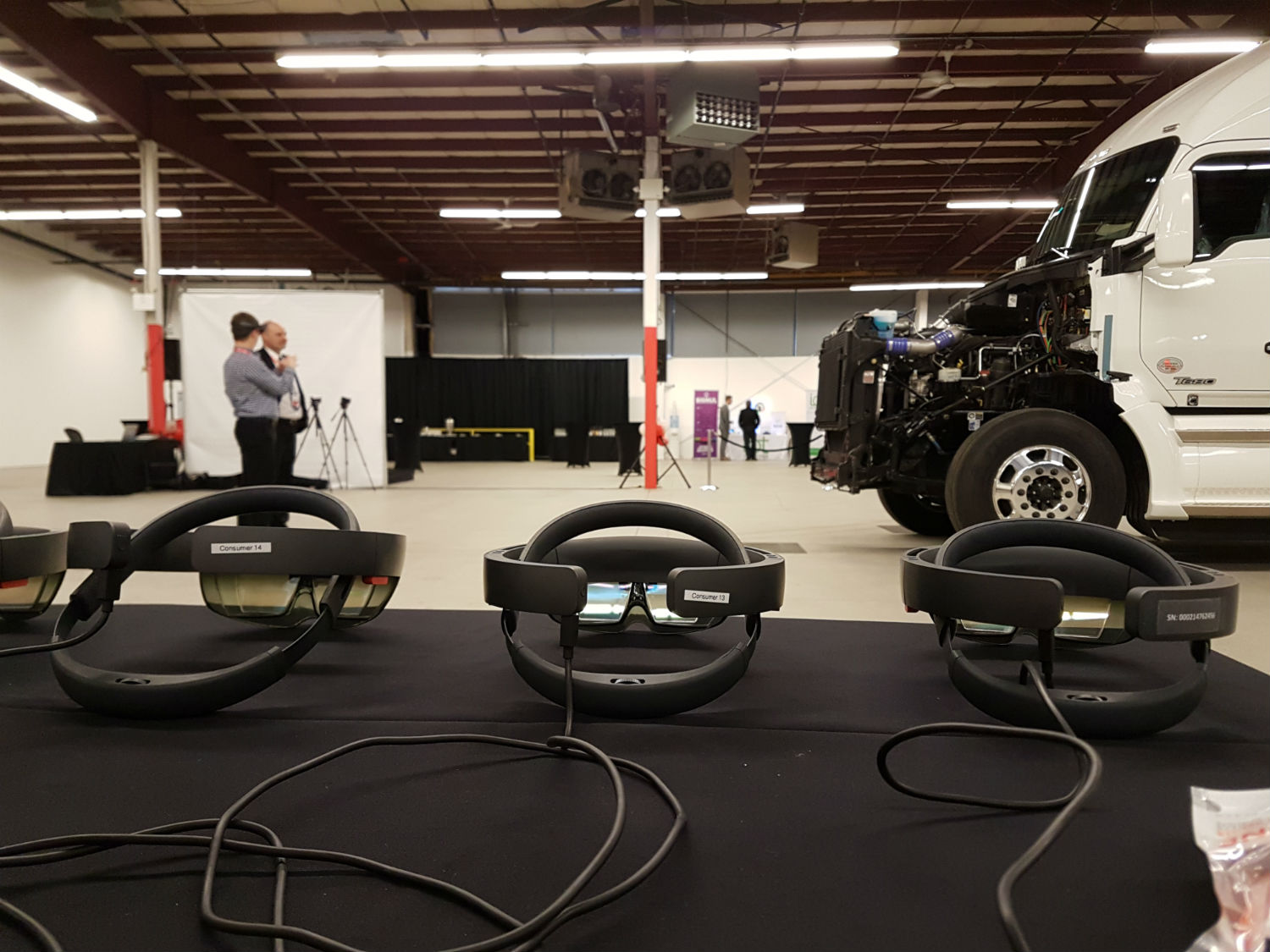Over the past three years Magic Leap have been one of the darlings of Augmented/Mixed reality. The Florida start-up was valued at $4.5 billion and attracted nearly $1.4 billion in funding from investors such as Google, Andreessen Horowitz and Alibaba. And with the Augmented and Virtual Reality market projected to reach $162 billion by 2020, some would call that a fair price.
Their concept video was viewed over 3.5 million times on YouTube, and showed employees of the company blasting aliens in an augmented reality first person shooter. Although it did not explicitly claim that this was actual gameplay footage, the description told viewers that “This is a game we’re playing around the office right now.” The Weta Workshop logo was always prominent throughout, but it could have been assumed that this was because the New Zealand visual effects company – best known for their work in Peter Jackson’s Lord of the Rings and Hobbit trilogies – had made the graphics for the game itself. The video, it turns out, was produced using special effects. More recent videos from Magic Leap do clarify that you’re looking at the actual tech, but those videos show holograms that are – perhaps unsurprisingly – fuzzier and less impressive than the earlier one.
The very few hands-on demos that Magic Leap granted journalists relied on an almost comically large device –apparently referred to as “the Beast” within the company – which was roughly the size of a refrigerator and had to be lugged around in a cart. Later demos were delivered on a helmet-like HMD, although Kevin Kelly did report a rather more positive experience in a prominent Wired article published earlier this year. However, former employees of the company are now saying that the technology described in those early demonstrations that got everyone so excited won’t actually feature in the commercial release.
The Information reported that Magic Leap was facing serious hurdles in getting its patented fiber optic scanning display to work on a small enough scale to use on a wearable device, and that it’s now using another type of technology to try and fit this into a glasses-size prototype. They declined to give further details of what that technology was, but previously they had talked about using silicon photonics in its hardware. The fact remains, however, that in spite of being in development for years and receiving such huge volumes of investment, there is still no window for release and Magic Leap’s ambitions of building a product “far superior” to that of its rivals is looking less likely today, in spite of their CEO’s Twitter claims which suggest the company is moving “full steam ahead.”
Rony Abovitz also went on to publish a short blog post giving what he describes as a “glimpse behind the scenes at Magic Leap.” It says they have now completed a PEQ (Product Equivalent) build of their target form factor, and are about to start a bigger run to exercise supply chain and manufacturing/quality operations. What it doesn’t go into, however, are any details regarding the performance of those devices, and whether they will be able to eventually deliver the experience promised by those early demos. Then, this week, Magic Leap’s head of public relations unexpectedly announced he was leaving the company.
So in the absence of more detail from the notoriously secretive start-up, I talked to a range of emerging companies and key players in the AR/MR space to explore their technologies and gauge whether they thought the negativity around Magic Leap was actually justified. The general feeling I came away with is that they want that early promise to materialize into something amazing, but have some serious reservations about their ability to deliver.
It’s all about the FOV
One of those companies is Oxford-based WaveOptics, which has been working on precisely the problem that has apparently plagued Magic Leap’s development – the quality and scalability of the display technology.
“There’s been a lot of hype around AR, with many companies discussing the future and potential applications of the technology, without focusing on how it can be deployed now,” explains CEO Sumanta Talukdar. He is confident, however, that his company is in a position to solve that problem for the entire industry.
Rather than relying on scanning and projection, their waveguide hologram technology works with photonic crystals that manipulate and map out light at a nano-scale. That makes for more stable, sharper and brighter holograms, but crucially also enables a lightweight and ergonomic design as it does not require cumbersome prisms, mirrors or scarce materials. Instead it collimates small and large output processing for more power-efficiency.
Their headset (nicknamed “the Ghost”) also has no ambitions to be a consumer device. Rather, it is meant to enable developers to build and test on top of their technology. It took 10 months to develop, and performed impressively when I tested it. The holograms retained their sharpness and bright colors even when I moved my head quickly or faced the window, projecting them against natural light (they were much fainter, but still visible). Crucially, however, the display was fully transparent, and the field of view was significantly wider than what you get with HoloLens.
In contrast to Magic Leap, WaveOptics has chosen to bootstrap their R&D, quietly developing this technology for the past three years by drawing on their team’s combined decades of expertise. CTO David Grey, for example, has been working on optical design, imaging and illumination for the past 25 years, and was head of optics for BAE Systems. They now claim to have several major partners lining up to incorporate this technology in their own products, and are planning to move their operations to the US as they close their first investment round. When I asked them about their thoughts on HoloLens, they said that their product was in no way competing with it or any other hardware, but rather could be integrated into such devices agnostically to improve FOV, much in the same way as ARM processors power mobile phones of all brands.
Some insight from the North
I was visiting Microsoft’s Vancouver office shortly after hearing those recent Magic Leap reports. The city is a thriving hub for AR development, supported by a strong creative and technical talent base that has its roots in the gaming industry. My Canadian hosts politely declined to comment on the Magic Leap news. My demo afterward included a last-minute addition: RoboRaid. Which just so happens to be a first-person shooter where you blast away at Augmented Reality aliens (much like the special effects-driven video from Magic Leap).
The truth is that Microsoft has made a very substantial strategic investment in getting their AR technology to this stage, and it seems to be paying off so far. Apart from the acknowledged limitation of the HoloLens’ narrow FOV – the experience works well, on every level. The hardware is comfortable and relatively light considering it is a completely untethered device, and the holograms it produces are sharp, responsive and complex. I certainly had a blast.
But as fun as shooting at those aliens proved to be, it wasn’t’ the main reason why I found myself in Vancouver. I was tempted over by something MUCH bigger. A short drive from Microsoft took me to the rather impressive base of one of Microsoft’s first and largest HoloLens partners, Finger Food Studios. This is a gigantic 25,000 ft² space which comfortably houses a full-size (real) truck as well as its full-size holographic counterpart, a whole bunch of desks, some shipping containers, and what is currently the world’s biggest hologram.
Their founder and CEO, Ryan Peterson, tells me that this space – which they call The Holodeck – is the largest dedicated Holographic design and development studio in the world. His company employs over 100 people and is growing at an astronomical rate. Unlike Magic Leap, however, their operations are entirely self-funded by work with clients such as truck manufacturer Paccar, which are already using those holographic tools to dramatically improve the efficiency of its design processes. As far as Peterson is concerned, there is certainly nothing intangible about AR. It is already a thriving industry, which will drive the transformation of every other industry on the planet.
No start-up is an island
Only time will truly tell whether Magic Leap has been overhyped, but last week’s news shouldn’t dampen the excitement around AR/MR. Over the past few months I’ve met many companies that are already developing and transparently demonstrating some truly amazing applications of these technologies.
From Zappar’s $30 dollar cardboard device to WaveOptics impressive FOV display to Finger Food’s mind-blowing giant truck hologram, there’s plentiful evidence that AR has a bright future. But what all these companies – and Microsoft, for that matter – have in common is a belief that this future is not something that they can build by themselves. All of them share an almost evangelical belief that the key to success lies in building a collaborative ecosystem capable of solving the massive challenges of scaling up the technology over the next few years, and that means being open. Not once in any of those meetings was I ever asked to sign a non-disclosure agreement. It’s a sharp contrast to Magic Leap, and perhaps an illustration of the challenges facing the company. Being so secretive means the startup isn’t part of the broader AR community, and must solve its problems independently. I would not count them out of the game, but it would be a nice change to see them join the conversation around AR more transparently, rather than guarding its secrets so jealously, almost like Smaug and his Arkenstone.




























